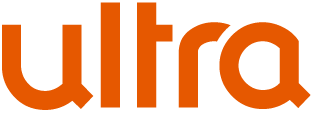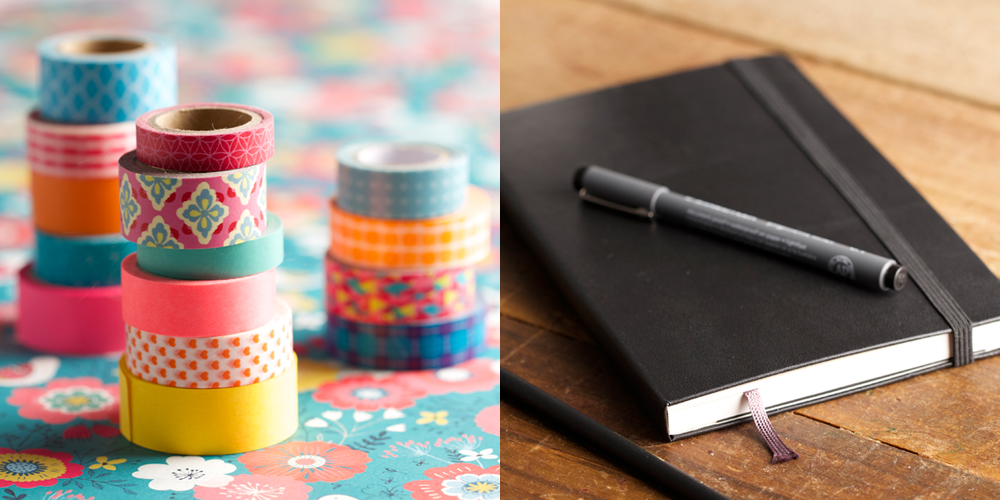Take Note! Analog Planners And Bullet Journals
The new year is the perfect time to get organized, hang up your new "LOLZ Cats" calendar and get everyone in your household in sync. But here in 2016 there are calendars, and planners and then there are PLANNERS.
In 2015 we noticed a strong movement towards analog planners and journals that kept growing in leaps and bounds especially among college students, early career professionals, and Millennials, aka - the young and organized. The shift is both for the benefits that writing bring to the brain’s ability to process and for these Digital Natives to lean even further away from the tech takeover. Kaylee D., 29 - Educator, is one of these young organized professionals who picked up the planning bug in college but now uses it in her daily life to get all her “thoughts/to-dos out of my jumbled brain, into a more organized manner.” She likes to check things off her list, and though she uses the calendar on her phone for events, it doesn’t enhance her life as much as the physical act of writing and keeping track. Of her planner organization she says, “It helps with thinking short term, (something I need), accomplishing things in the now, and somewhat planning for the future.”
Kaylee isn’t alone. There are literally thousand of YouTube videos, just like this one, where advocates show off and eagerly demonstrate their panache for setting up their planners and organizing their busy lives. The planners, bound notebooks with pages for calendars, reminders and every flavor of inspirational input, can be picked up at stores like Target, or specialty planner guru shops online, like Erin Condren. They run anywhere from $9.99 for the basic set-up to $65 and more. Last year Harper’s Bazaar featured a planner from Vuitton that cost $775!
Planner aficionados aren’t simply jotting down doctor’s appointments and dinner party dates, they use all kinds of methods and tools to trick out their days. From colorful gel pens and washi tape, to custom stickers, flags and pages, these planner people are intense about organization, customization and curating their lives on paper. There are entire Etsy businesses dedicated to the customization of planners.It’s aspirational, inspirational and organizational all in one. If it looks like a good life, it must be a good life, right? Another movement, bullet journaling, uses simple symbols and marks to efficiently keep track of one’s tasks, desires and findings on a daily basis. It’s sort of an unbiased “to-do” list, and there’s nothing special that’s needed to do this activity well except effort and interest, a pencil and a notebook. The system adds an element of “migration” which is moving relevant tasks into their timelines instead of cluttering up your current mindset. Some have drawn similarities between bullet journals and the Marie Kondo “tidying-up” trend. Its popularity continues to grow, as seen in Google's trend results.
At its outset, bullet journaling seems to be the antithesis of the planner movement, in terms of percentage of investment, glitter and stickers required. This method skews a bit more gender neutral and its devotees are more likely to have a classic Moleskine and a Pigma pen as their weapons for handling tasks, but it comes in part from the same place, the desire to be organized and grounded without relying on digital devices, apps or multiple devices.
Like adult coloring and the boardgame boom, the reach for analog ways to keep track of one’s day-to-day lists is an anti-digital nod as well. Nikki G., 44 - Public Relations VP, another planner fan, points to the benefits of writing by hand and the concentration issues and health concerns that come from the use of so many digital devices in our lives. Nikki encourages her young daughters to keep physical planners so that they stay better organized.Organization apps remain popular but syncing reminders and appointments with desktops, laptops, tablets and all our toys and tools can be daunting and unreliable. Data entered is lost, emails land in the junk folder, bugs in the programming prevent uptake and for many, the lack of trust in “the cloud,” at least for personal matters, grows. The effort to unplug and de-screen can feel freeing and this kind of organizing can be a peaceful, quiet or fun and frenzied way to help create and keep the life you want.In short: Digital Natives (and beyond) are seeking ways to unplug, de-clutter and organize by keeping analog notations of their lives. If these young professionals are spending more purposeful time off line, how do you stay at the top of their list?

